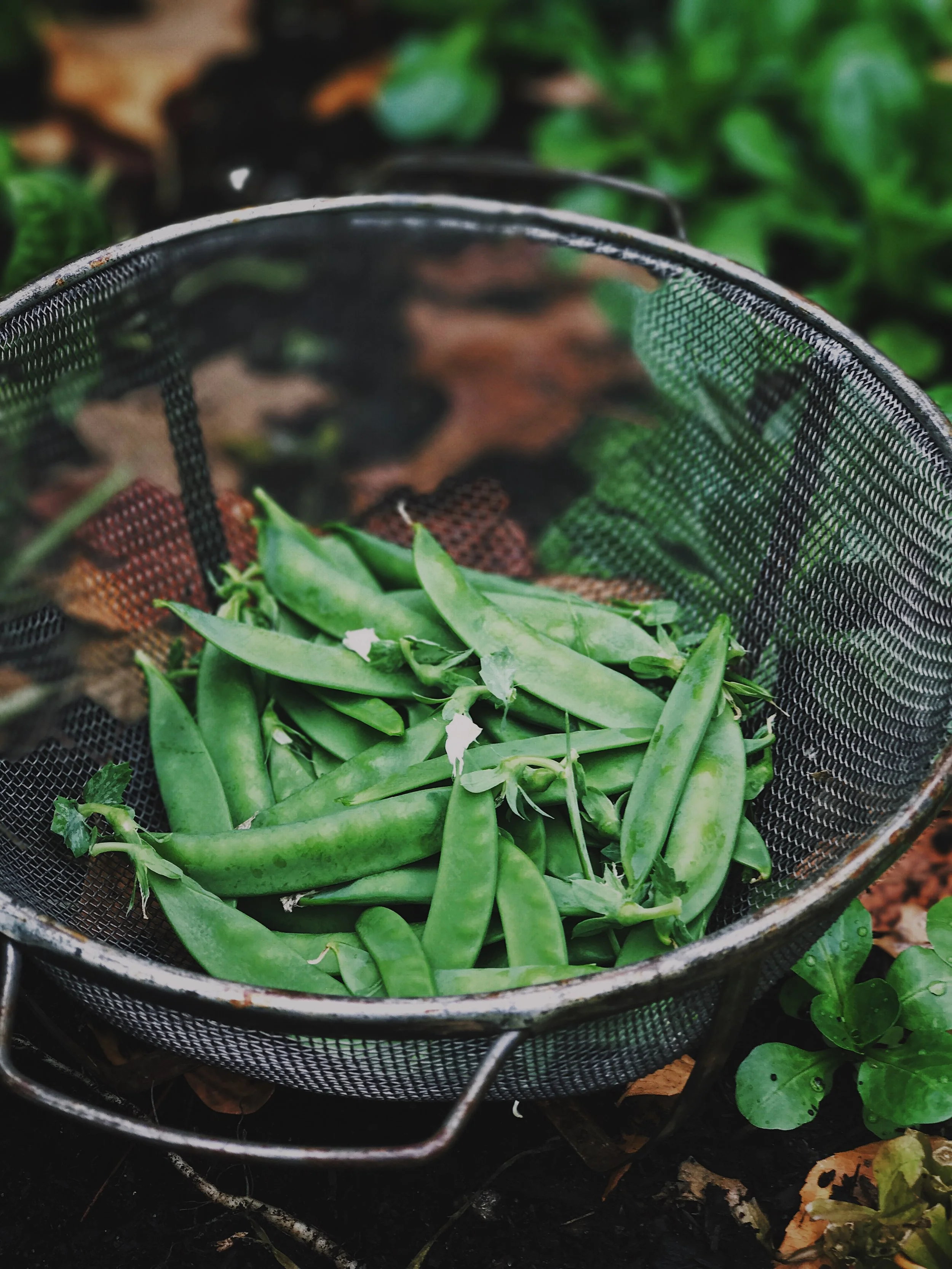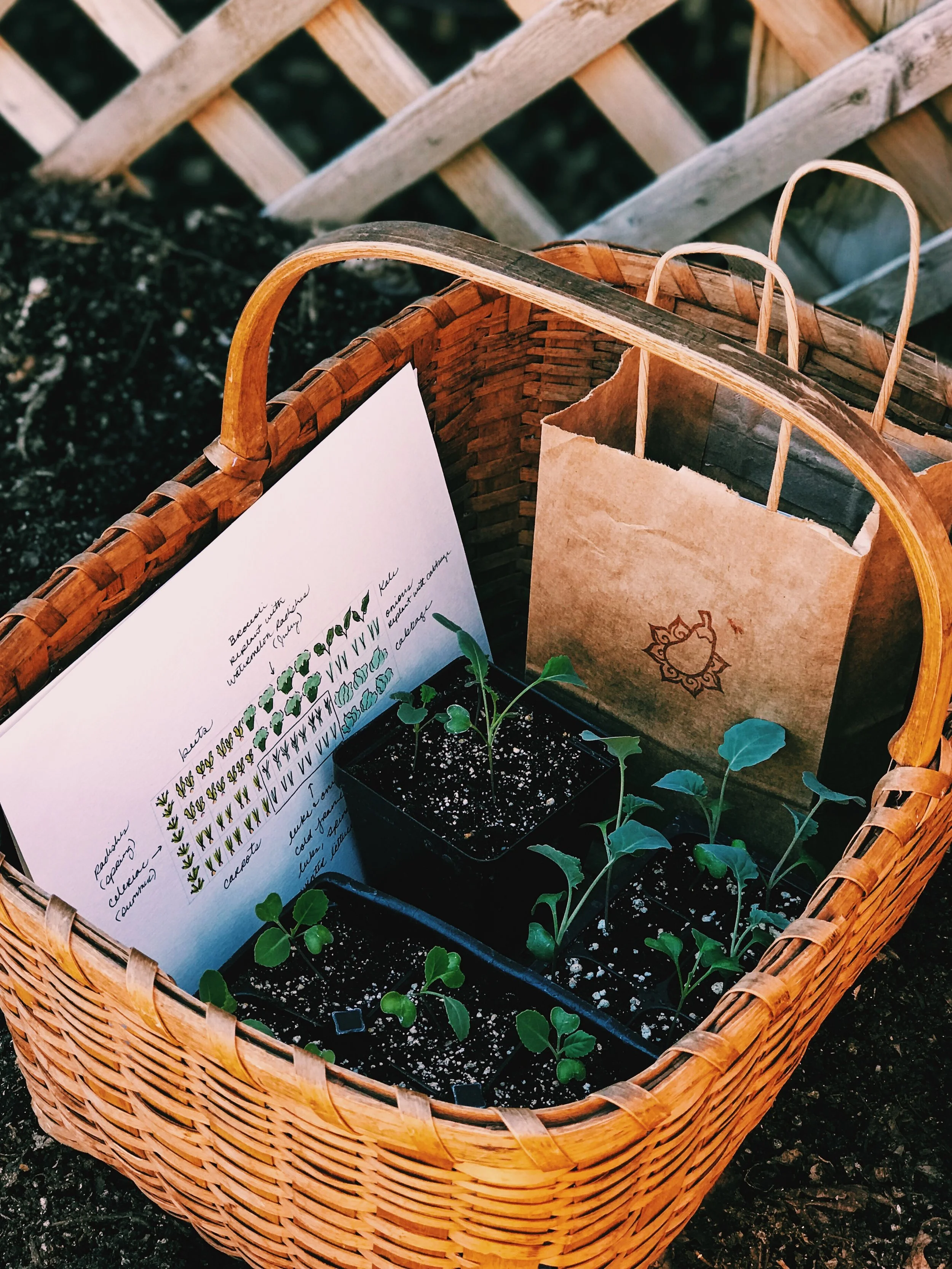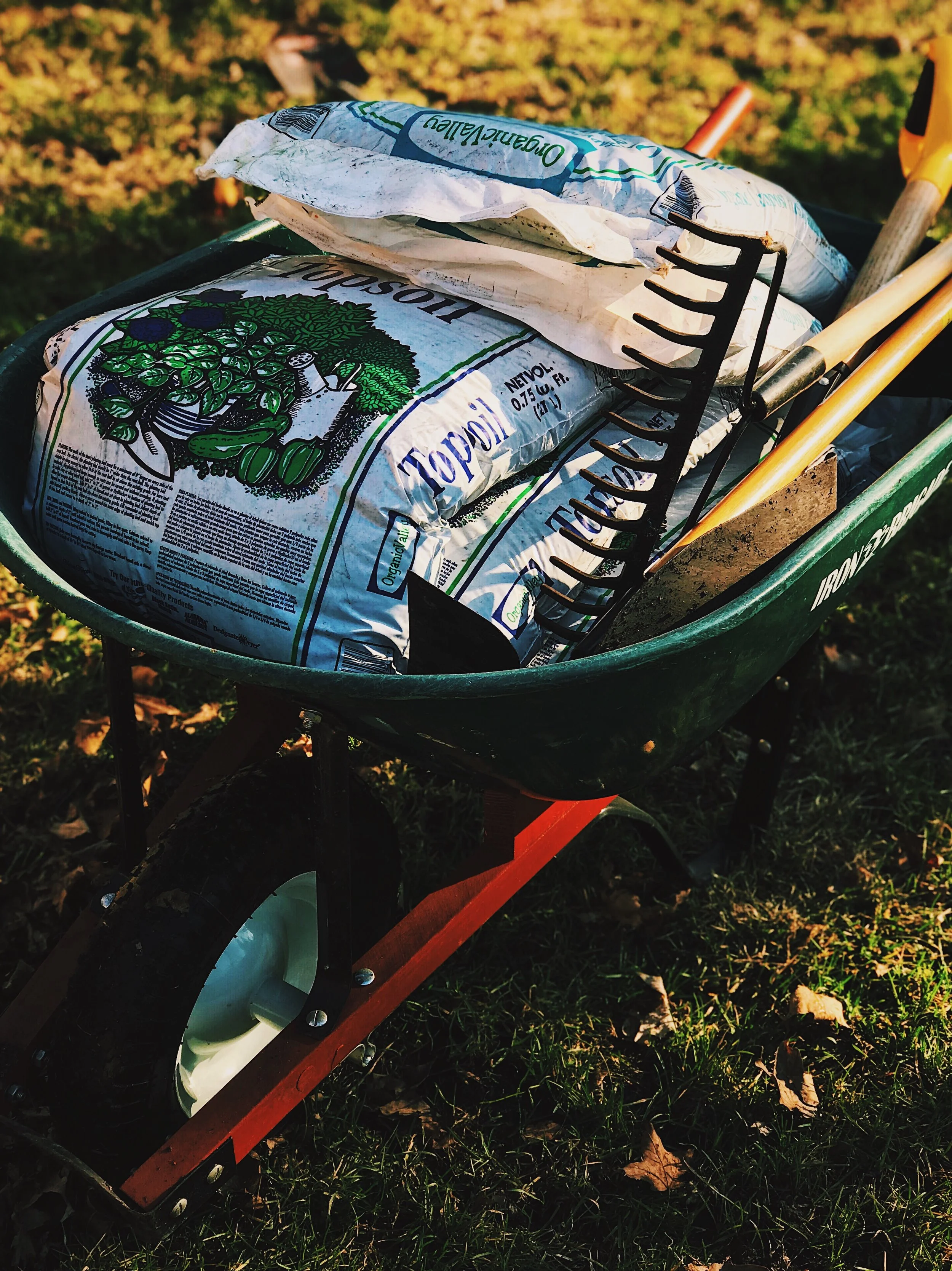Garden Planning
I know, I know, there is still snow on the ground outside, and the last thing you can imagine right now is tiny plants sprouting from the ground. To be honest, I never stop thinking about it! I dream about the garden often, rethinking garden plans, how to get the most out of my space and growing season, what I want to have to enjoy over next winter, and how all the plants growing together will look and taste. Garden planning is one of my all time favorite thing to do, and it breaks up the cold monotony of winter.
Crop Rotation
Starting a garden plan can feel like a huge task. How big of a garden do I want? What do I want to grow? Where do I even start? I have found using the framework of crop rotation is a great way to start. Crop rotation is the practice of moving certain crop sections to new spaces within your garden each season, so they do not spread disease. Certain crops are more prone to diseases, and moving them to new locations keeps them healthy. Not every single plant needs to be moved, but I have found that using the crop groups and the rotation cycle works as a win-win for me, keeping my plants healthy and my beds organized.
A vegetable crop rotation plan uses four groups of vegetables, that are then rotated each growing season. These four groups are legumes, roots, fruits, and greens. Legumes encompasses anything that grows in a pod – snap beans, peas, and fava beans. Roots are plants that produce fruit under ground – like beets, carrots, onions, and garlic. Garlic and onions are Alliums, and need to be rotated each season, plus they help other roots fight off pests, so I like to keep garlic and onions within the root group of the crop rotation plan. Fruits encompass anything that produces fruit out of the ground on vines – like tomatoes, zucchini, squash, and cucumbers. Finally, there are greens, which are crops where you harvest the leaves or green growth of the plant – lettuce, kale, cabbage, chard and broccoli. Technically, kale, cabbage, broccoli and Brussel sprouts are considered Brassicas, and they are the plants that need the crop rotation. Many lettuces and other salad greens do not need to be rotated, as their growing seasons are so short, and they don't carry many disease issues. I usually scatter lettuce and salad greens throughout any of my garden beds.
Now that we have our groups, we now need to understand the rotation. The rotation of where you plant a crop grouping the next season will benefit it greatly if you plant it according to a crop rotation chart. For instance, legume roots fix nitrogen into the soil through their roots. Greens need plenty of nitrogen to grow big and lush. That is why you would move greens into a space where legumes was previously planted. I obviously am not exhausting this topic, and would encourage you to do additional research to fully understand the benefits of crop rotation.
Selecting a Garden Bed Location
Ok, now that we have covered crop rotation, we can start to think about the plot where you want to grow. Select a spot in full sun, with a minimum of 6 hours per day. Make sure this location has good drainage, and can easily be reached by a hose (boy, that would be a bummer if not!) My wonderful husband has built me three garden beds made from untreated cedar, two beds are 4' x 12', and 2' tall, and one smaller bed that is 2' x 8' and 2' tall. We filled them with a local compost site dirt as well as purchased top soil, manure, and compost. I will make sure and capture a few images of my bed this coming season and share how these where built later on.
Back to planning! Now that you have selected your location, think about how you would divide up your beds using the crop rotation system. I divide my two larger beds in half, each section being 4' x 6', growing one of the each crop rotation groups in each section. The more even your crop rotation sections are, the easier it will be to move things to new sections in the future. But there is no need to stick to this – fruiting vegetables tend to be everyone's favorite, and could take up more space in your plan that other things, and maybe creating even grids is not your thing, just make sure and do a bit of planning ahead to have somewhere to move a crop the following season outside of that plant's crop group.
Start Your Garden Drawing
So, I love drawing garden plans. My husband can attest to this fact, as I normally draw about five to six versions of a plan each year, and change it throughout the growing season. This year, as I am sharing it out on the Acre, I am going to do my best to track any changes I make to my garden plan:)
Now that you have the location, size, and general crop rotation plan, start your sketch. I like to draw each square foot of the garden bed as a square half inch, create a grid of squares to the size of each garden bed. This comes in handy when you start to draw in the vegetables, as each plant has a unique size and shape. Take a look at My Garden Beds post to see my 2018 garden plans. So excited to start planting!











